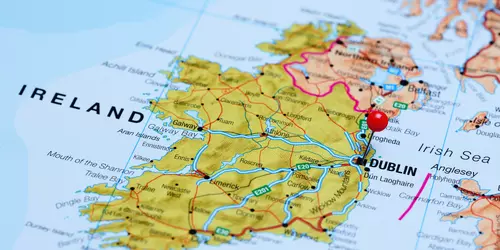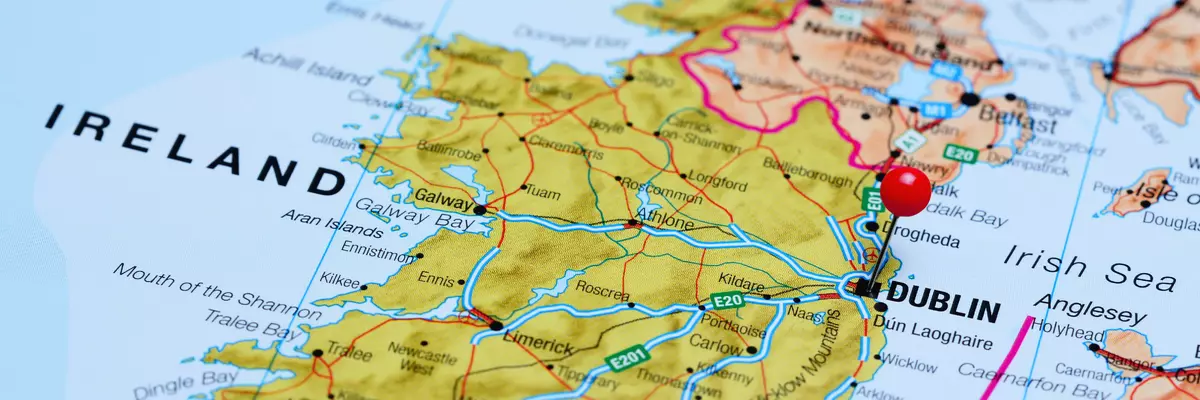
The climate year of Ireland
In general, Ireland benefits from the Gulf Stream, which provides pleasant temperatures on the green coasts, especially in the southwest. Inland, the differences between day and night and summer and winter are somewhat more pronounced than near the coast, but a maritime climate prevails throughout Ireland. However, this is also reflected in the fact that Ireland enjoys comparatively few hours of sunshine, that it can often be foggy at higher altitudes, especially in spring and autumn, and not least in the fact that the almost proverbial rain of the British Isles naturally falls very regularly - in the west, however, much more intensively than in the east.
General information about Ireland
Ireland has a total of six designated national parks, each of which is worth a visit - five are located in the west of the island. In summer, for example, you can roam over rolling hills in the far southwest in Killarney National Park on warm, humid days, or explore the 30 islands of Lough Leanne by boat. Wicklow Mountains National Park in the east also offers visitors the opportunity for numerous excursions into picturesque nature and the manifold remains of a long Irish history. The 40,000 uniform basalt columns of the Giant's Causeway on Ireland's north coast are also worth a visit - certainly on a lonely, storm-swept January day, when you might have the place all to yourself. And no visit to Ireland would be complete without a detour to Dublin, the island's capital and only city of a million people, bursting with history, art, culture and Irish joie de vivre. Of course, it's very pleasant to conquer the streets, squares and sights in the warm, pleasant summer, but it's certainly worth considering coming instead with proper, warm and rain-ready clothing in the winter, when the tourist crowds are absent.
Tourism Ireland
The seasons in Ireland are worth considering at all when planning your trip: Ireland, as is common in these latitudes, has clearly distinct seasons in which the temperature, length of day and amount of precipitation change greatly. The coldest and, in most places, wettest months are December and January, with severe frost and snowfall being rare, but long periods of rain are common. From the beginning of April, signs of spring can be expected, day and night temperatures rise, precipitation decreases and the growing season begins - the already green island becomes even greener. May is not always a blissful month, but from the middle of June the signs in Ireland point to summer. July is almost everywhere in Ireland the warmest month with the least precipitation. Until mid-September, one can experience a sometimes very mild and beautiful late summer, before an increasingly uncomfortable and wet autumn sets in from October. Interestingly, although temperatures drop steadily everywhere until December, in most areas of Ireland it rains more in October than in the following two months.

